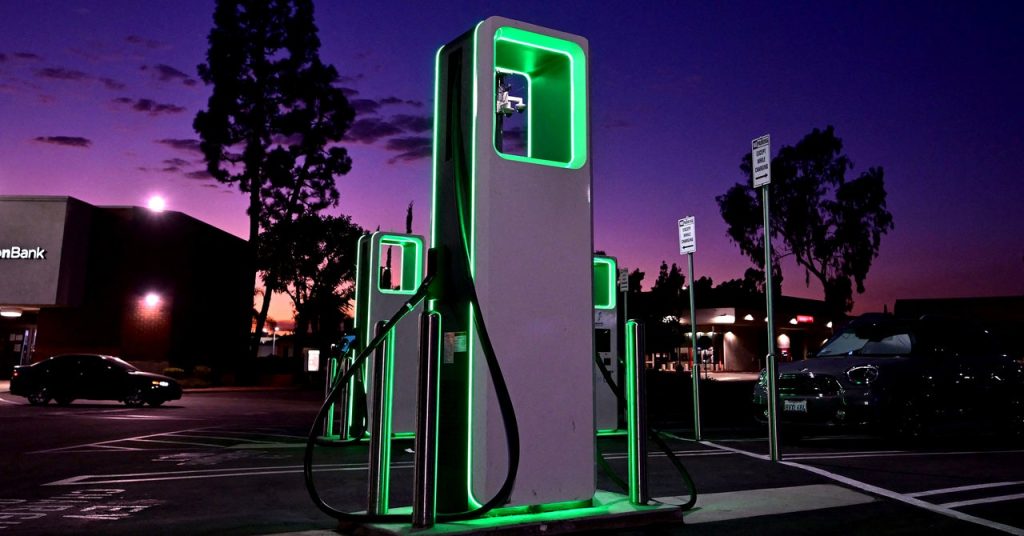Transitioning to Electric Vehicles
Many buyers are curious about switching to electric vehicles (EVs) but find the idea daunting due to the differences in fueling compared to gas-powered cars. Depending on where you live, charging an EV can be inconvenient, which can be intimidating for some.
Addressing the Charging Infrastructure Challenge
The good news is that automakers, governments, and policymakers recognize the US has a charging infrastructure problem. They are keen on increasing the adoption of electric cars. Automakers are ramping up EV production, and legislators see the shift to zero-emission vehicles as crucial for combating climate change.
Current Charging Infrastructure
As a result of these efforts, the US now has 188,600 public and private charging ports and 67,900 charging stations, according to the US Department of Energy. These numbers have more than doubled since 2020, with another 240 stations planned. In comparison, the country has about 145,000 gas fueling stations, according to the American Petroleum Institute.
Future Charging Needs
At The Zero Byte, we explored a thought experiment: If every car in the US were electric, how many charging stations would we need?
Number-crunchers at Coltura, an alternative fuel research and advocacy group, provided some insights:
Scaling Up Charging Stations
The nation needs to significantly increase the number of chargers to achieve full electrification, which experts suggest could happen in the 2040s. However, the task may not be as daunting as it seems. According to Matthew Metz, Coltura’s executive director, and Ron Barzilay, its data and policy associate, the number of public chargers will need to grow by a factor of six.
“We’re not necessarily off-track,” says Metz.
Home and Workplace Charging
Most experts believe that drivers won’t simply replace their gas station visits with public charging. Metz and Barzilay estimate that 90% of housing units will have an EV charger, with 70% of charging demand met through home charging. Another 10% might be fulfilled at work, with people plugging in while at their workplace. The remaining 20% of charging will occur at public stations, approximately 70% of which will be DC fast chargers, currently the fastest available.
Future Technological Advancements
Barzilay emphasizes that predicting future technology is challenging.
“We’re unsure about what type of tech will be available” whenever full electrification hits.
By the time the nation fully adopts EVs, today’s fast chargers—which can charge a vehicle from zero to 80% in about 20 minutes—might be surpassed by even faster, more efficient standards, putting the country in an even better position than anticipated.

5 Comments
Isn’t that like wondering how many solar panels you’d need to replace all coal plants?
Curious, but have we even considered if the grid can handle that influx?
Who’s counting when the future is electric?
Maybe we need to rethink our transportation habits before asking that.
Maybe at least one in every backyard?